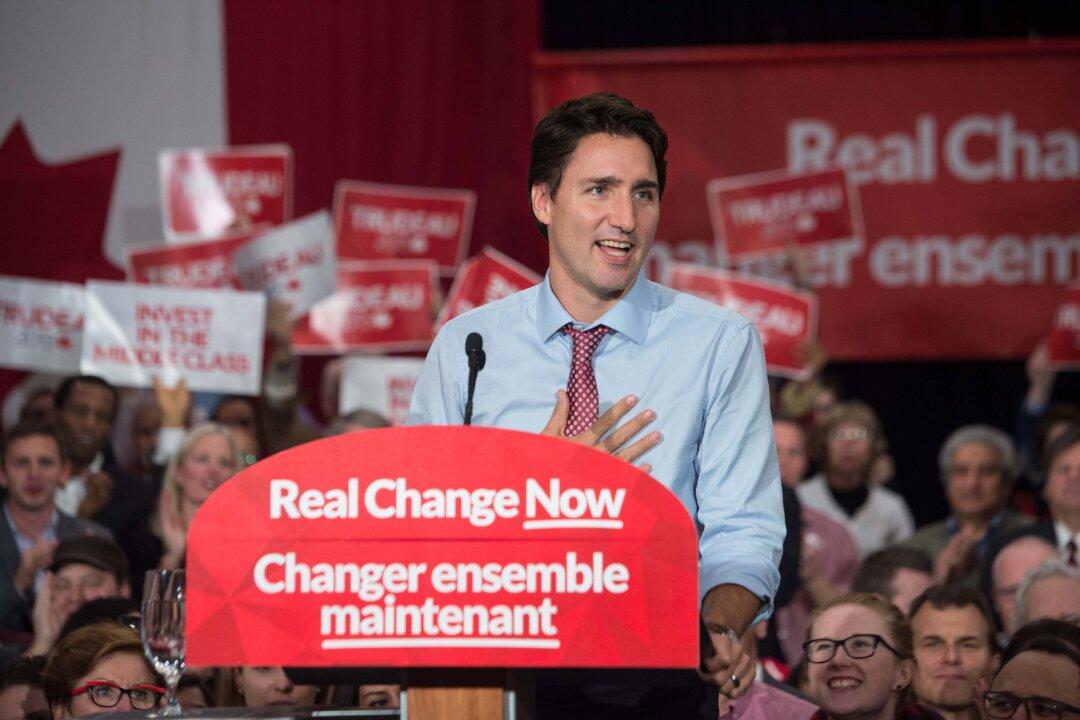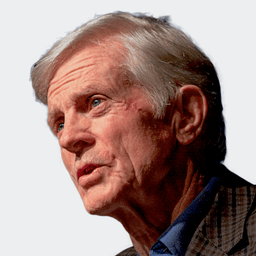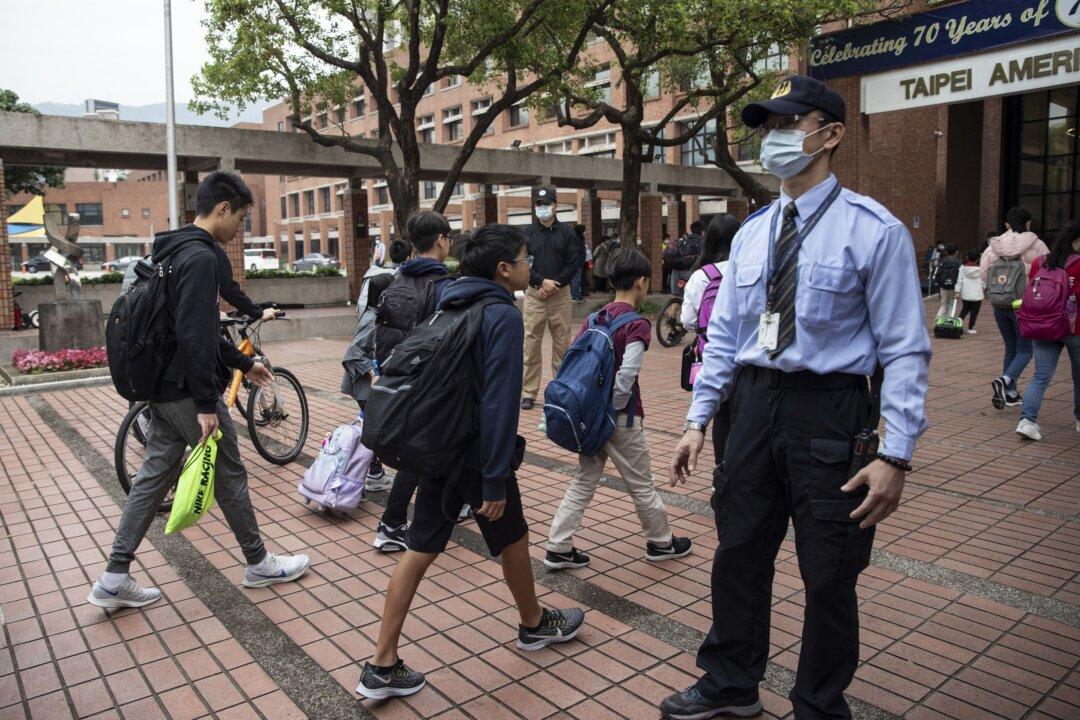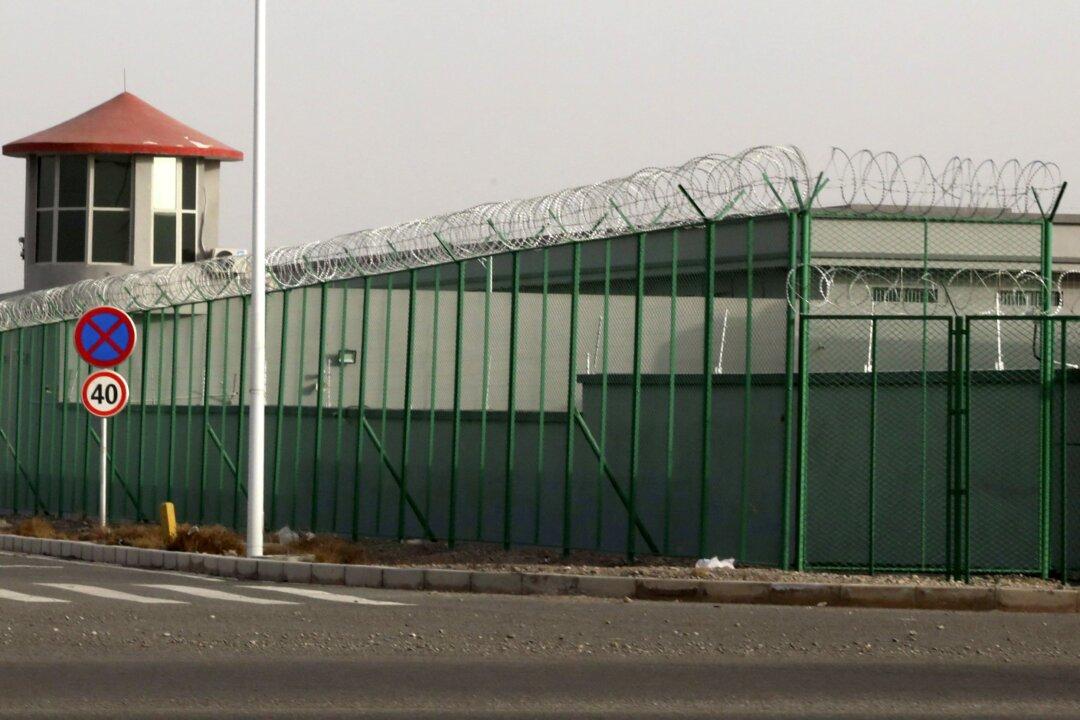The 2015 Canadian election made Justin Trudeau prime minister with a large Liberal majority in our House of Commons. This week, it is prudent to predict that the next election prescribed by legislation for Oct. 21, 2019 will be a Liberal majority or minority, although recent public opinion surveys suggest that a Conservative minority or even a majority is becoming feasible.
Historically in Canada, a political party with a strong majority gets a second term in office. Pierre Trudeau, for example, lost his majority from the 1968 election in the 1972 one, but recovered it in 1974 and later in 1980. John Diefenbaker saw his huge Conservative majority in the 1958 election fall to a minority in 1962 and was voted from office in favour of Liberal Lester Pearson in 1963.





